Japanese company unveils car that runs on water. No gasoline, no battery recharging and no emissions.
World news Wednesday, February 8th, 2012All you need is a liter of water – any kind of water to be exact, whether its river, rain, sea water, or even Japanese tea. Genepax unveiled a car that runs on water in the western Japanese city of Osaka.
“The main characteristic of this car is that no external input is needed. The car will continue to run as long as you have a bottle of water inside for you to add from time to time.”
According to Japanese broadcaster TV Tokyo, once the water is poured into a water tank at the back of the car, the newly invented energy generator takes out the hydrogen from the water, releases electrons and finally generates electrical power.
In the very near future all you will need to power your vehicle is a liter of water – any kind of water to be exact, whether its river, rain, sea water, or even Japanese tea.
Japan clean energy technology company Genepax was perhaps the first to demonstrate how it is possible to fuel a car using nothing but water. “The main characteristic of this car is that no external input is needed. The car will continue to run as long as you have a bottle of water inside for you to add from time to time.”
The key to the Genepax system is its membrane electrode assembly (or MEA), which contains a material that’s capable of breaking down water into hydrogen and oxygen.
Water covers 70.9% of the Earth’s surface. Oceans hold 97% of surface water. Out of all the water on Earth, only 2.75 percent is fresh water, including 2.05 percent frozen in glaciers, 0.68 percent as groundwater and 0.011 percent of it as surface water in lakes and rivers. That means as much as 97% of the water on Earth is available to us to use as a fuel source.
If just one major auto maker began to produce and sell a water fueled vehicle what would happen? The price of oil would collapse. Global Warming would no longer be a problem (no more CO2 emissions from vehicles). Disease, cancer and illnesses that are caused by exposure to oil pollution would disappear. People would have more money in their pockets. The US Oil Wars of Terror would end.
That story broke in 2008. Today Japan is producing hydrogen fueled cars – the Honda FCX Clarity. Combine the technology of Genepax with the technology of the Honda FCX Clarity and you have a full production vehicle that uses no gasoline. No gasoline combustion means zero emissions.
In 2010, it is reported that there are a total of 50 FCX Clarity available for lease in the U.S with a target to have 200 available world-wide.
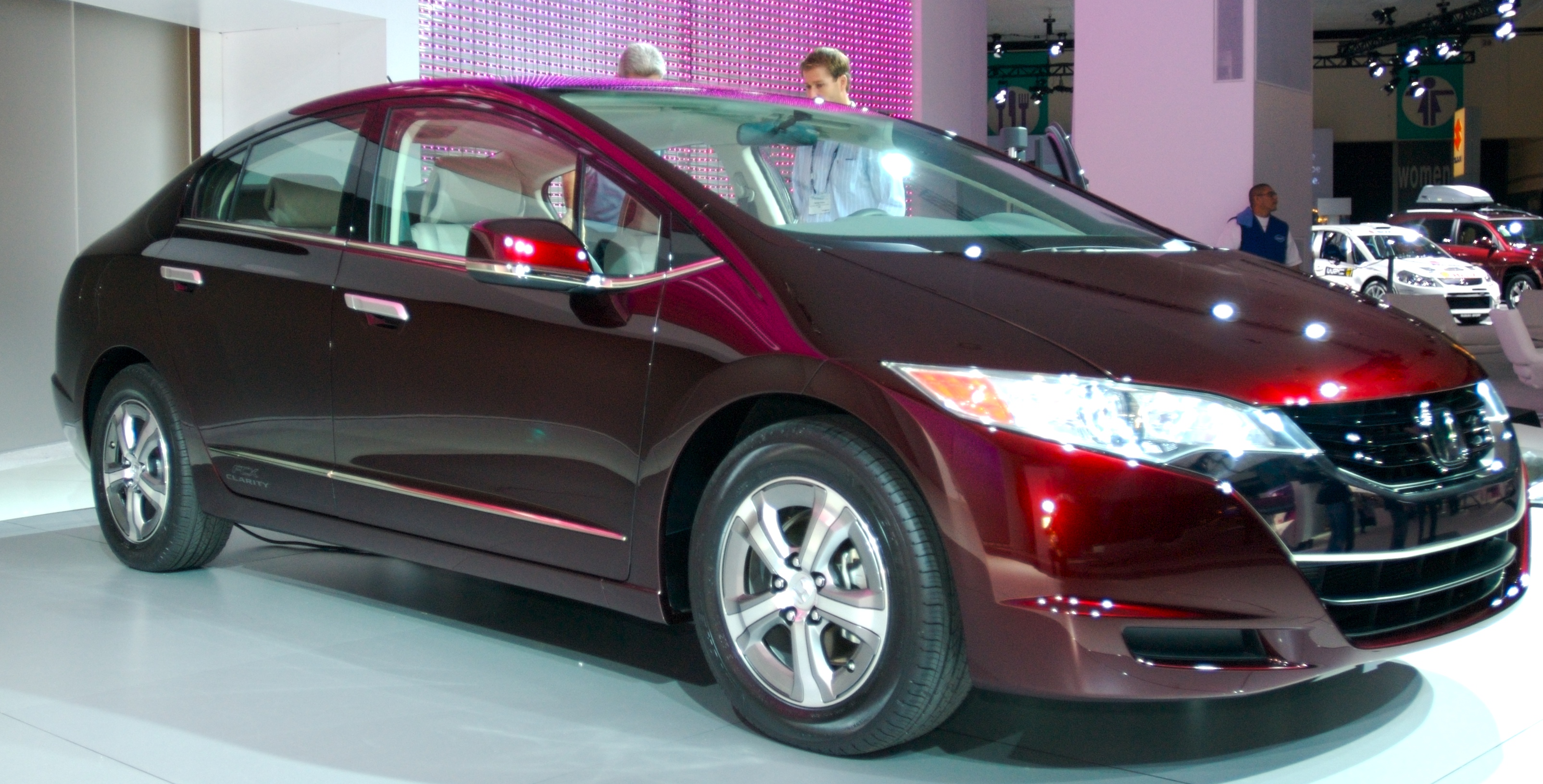
The Honda FCX Clarity fuel cell-electric vehicle has been chosen to be the pace car for the opening race of the 2011 IZOD IndyCar Series, from 25-27 March 2011. This is the first-time a hydrogen-powered vehicle will pace an IZOD IndyCar Series race in the United States.
Propelled by an electric motor that runs on electricity generated in a fuel cell, the FCX Clarity’s only emission is water and its fuel efficiency is three times that of a similar-sized petrol-powered automobile. The FCX Clarity’s performance and acceleration are comparable to a 2.4-litre, 4-cylinder engine with an EPA certified range of 240 miles. The compact and powerful Honda V Flow Fuel Cell Stack allows for unprecedented spaciousness and a futuristically stylish, low-slung design and spacious interior.
Since the vehicle’s unveiling there were nearly 80,000 people around the world who expressed interest in owning a FCX Calrity. 80,000 people who won’t be buying any more gasoline once they take possession.
http://en.wikipedia.org/wiki/Water-fuelled_car “According to the currently accepted laws of physics, there is no way to extract chemical energy from water alone. Most proposed water fuelled cars rely on some form of electrolysis to separate water into hydrogen and oxygen and then recombine them to release energy; however, because the energy required to separate the elements will always be at least as great as the energy released, this cannot be used to produce net energy.”
Fact – Very little energy is required to split water in hydrogen and oxygen. A 12 volt car battery provides enough power to produce a frequency that can and has been proven time and time again to split water into hydrogen and oxygen – also known as electrolysis. Water can be split using just 4.5 volts and less.
The hydrogen and oxygen are not recombined to release energy. The hydrogen and oxygen from a water fuel cell is feed into any gasoline combustion engine (via existing fuel lines) and power any gasoline powered vehicle.
According to the currently accepted laws of physics – hydrogen is a colorless, odorless, combustible gas. http://chemistry.about.com/od/elementfacts/a/hydrogen.htm Hydrogen is the most abundant element in the universe. Genepax applied accepted laws of physics to split liquid water (H2O) into hydrogen and oxygen gas – H2 + O. They then feed these combustible gases into a combustion engine. This hydrogen and oxygen gas provides the energy needed to power the combustion engine and drive the vehicle.
Oxygen must exist in all combustion engines. If you cut off the supply of oxygen no combustion engine can run, not even gasoline engines. That is why all gasoline fuelled engines have an air intake. You can prove this yourself. Open the hood of your gasoline combustion car and find the air intake (where the air filter goes). Remove the cover and air filter and stuff a rag in the air intake opening. Make sure the rag is big enough so that it can’t be sucked into the intake. Get into your gasoline powered car and turn on the ignition. It won’t stay on for very long. You won’t be able to drive out of your driveway. Why? The combustion engine needs oxygen for combustion. Restrict the oxygen to the engine and you suffocate it.
When water is used as a fuel the water is split into what a combustion engine needs to produce motion – highly combustible hydrogen and oxygen. Laws of Physics and logic dictates that fire must be supplied Oxygen to burn. Those who say otherwise need to go back to school.
http://en.wikipedia.org/wiki/Combustion “A simple example can be seen in the combustion of hydrogen and oxygen, which is a commonly used reaction in rocket engines”.
Short URL: https://presscore.ca/news/?p=5420

 The Halifax International Security Forum was founded in 2009 as a propaganda program within the German Marshall Fund (founded June 5, 1972 by West German Chancellor Willy Brandt) by the Crown in Canada using Crown Corp ACOA & DND funds. The Halifax International Security Forum is a front that is used to recruit top US, UK and Canadian gov and military officials as double agents for Canada's WWI, WWII enemy and wage new Vatican Germany Cold War.
High Treason: s.46 (1) Every one commits high treason who, in Canada (c) assists an enemy at war with Canada, ..., whether or not a state of war exists". Every one who, in Canada assists Canada's enemies wage "piecemeal WWIII" Cold War by organizing, funding and participating in the Germany government politically and militarily benefitting / lead Halifax International Security Forum is committing high treason.
The Halifax International Security Forum was founded in 2009 as a propaganda program within the German Marshall Fund (founded June 5, 1972 by West German Chancellor Willy Brandt) by the Crown in Canada using Crown Corp ACOA & DND funds. The Halifax International Security Forum is a front that is used to recruit top US, UK and Canadian gov and military officials as double agents for Canada's WWI, WWII enemy and wage new Vatican Germany Cold War.
High Treason: s.46 (1) Every one commits high treason who, in Canada (c) assists an enemy at war with Canada, ..., whether or not a state of war exists". Every one who, in Canada assists Canada's enemies wage "piecemeal WWIII" Cold War by organizing, funding and participating in the Germany government politically and militarily benefitting / lead Halifax International Security Forum is committing high treason.
 Please take a moment to sign a petition to
Please take a moment to sign a petition to 











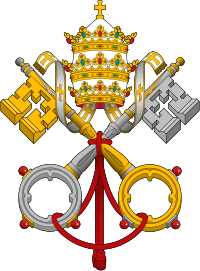
















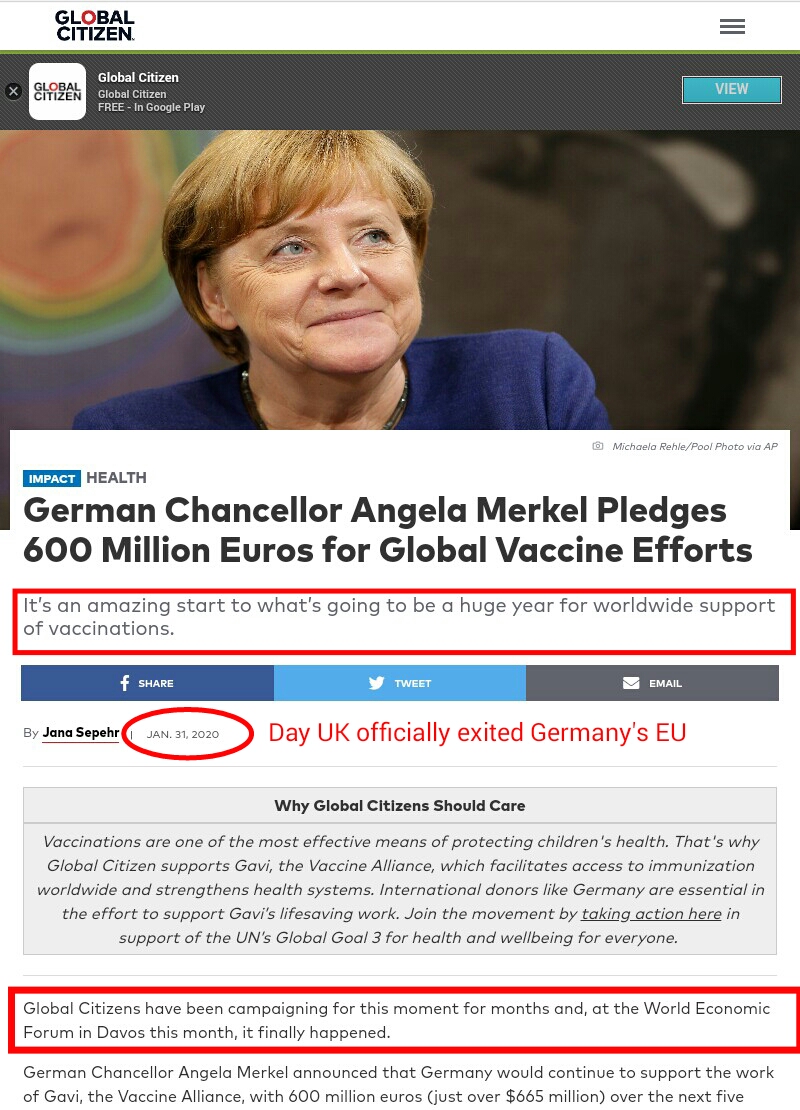





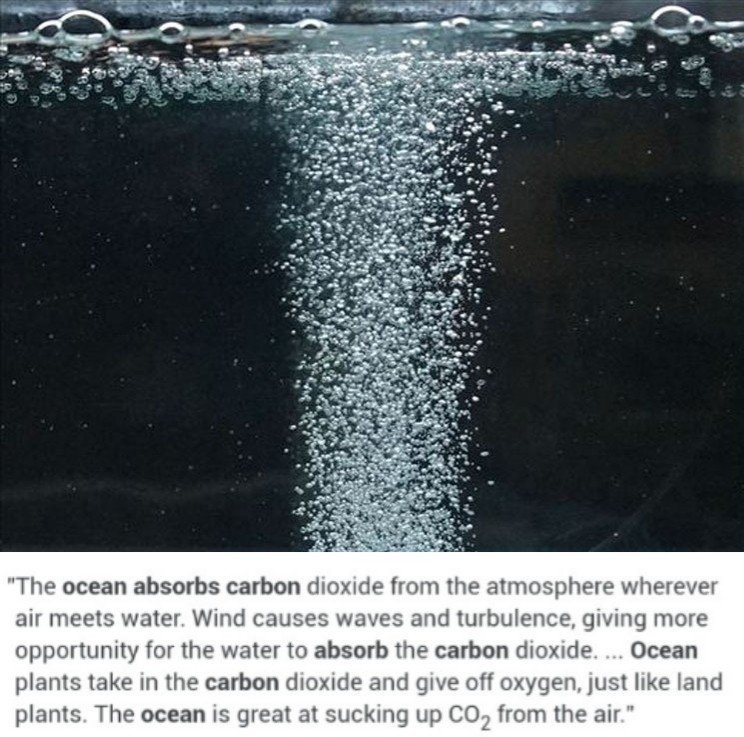






 1917 Code of Canon Law, Canon 185 invalidates (voids) all papacies since October 26, 1958 due to the fact Cardinal Giuseppe Siri was elected Pope on the Third ballot on Oct 26 1958 but the new Pope Gregory XVII was illegally prevented from assuming the office. A Pope was elected on October 26, 1958. Thousands of people witnessed a new Pope being elected by seeing white smoke and millions were informed by Vatican radio broadcasts beginning at 6:00 PM Rome time on October 26, 1958. The papacy of Francis, Benedict, John Paul II, John Paul I, Paul VI, John XXIII and any and all of their respective doctrines, bulls, letter patents and the Second Vatican Council are all invalidated (having no force, binding power, or validity) by Canon 185 because the 1958 conclave of cardinals elected Cardinal Giuseppe Siri Pope on Oct 26 1958. Cardinal Giuseppe Siri accepted the papacy by taking the name Pope Gregory XVII but was illegally prevented from assuming his elected office.. According to Canon 185 Cardinal Angelo Giuseppe Roncalli illegally assumed the papacy 2 days later by fraud and grave fear, unjustly inflicted against Cardinal Giuseppe Siri who was lawfully elected Pope Gregory XVII. Because no Pope has been lawfully elected since October 26, 1958 the Holy See (la Santa Sede/Seat) remains vacant.
1917 Code of Canon Law, Canon 185 invalidates (voids) all papacies since October 26, 1958 due to the fact Cardinal Giuseppe Siri was elected Pope on the Third ballot on Oct 26 1958 but the new Pope Gregory XVII was illegally prevented from assuming the office. A Pope was elected on October 26, 1958. Thousands of people witnessed a new Pope being elected by seeing white smoke and millions were informed by Vatican radio broadcasts beginning at 6:00 PM Rome time on October 26, 1958. The papacy of Francis, Benedict, John Paul II, John Paul I, Paul VI, John XXIII and any and all of their respective doctrines, bulls, letter patents and the Second Vatican Council are all invalidated (having no force, binding power, or validity) by Canon 185 because the 1958 conclave of cardinals elected Cardinal Giuseppe Siri Pope on Oct 26 1958. Cardinal Giuseppe Siri accepted the papacy by taking the name Pope Gregory XVII but was illegally prevented from assuming his elected office.. According to Canon 185 Cardinal Angelo Giuseppe Roncalli illegally assumed the papacy 2 days later by fraud and grave fear, unjustly inflicted against Cardinal Giuseppe Siri who was lawfully elected Pope Gregory XVII. Because no Pope has been lawfully elected since October 26, 1958 the Holy See (la Santa Sede/Seat) remains vacant.
 Hold the Crown (alias for temporal authority of the reigning Pope), the Crown appointed Governor General of Canada David Lloyd Johnston, the Crown's Prime Minister (servant) Stephen Joseph Harper, the Crown's Minister of Justice and Attorney General Peter Gordon MacKay and the Crown's traitorous military RCMP force, accountable for their crimes of treason and high treason against Canada and acts preparatory thereto. The indictment charges that they, on and thereafter the 22nd day of October in the year 2014, at Parliament in the City of Ottawa in the Region of Ontario did, use force and violence, via the staged false flag Exercise Determined Dragon 14, for the purpose of overthrowing and besieging the government of Canada contrary to Section 46 of the Criminal Code. In a society governed by the rule of law, the government and its officials and agents are subject to and held accountable under the law. Sign the online
Hold the Crown (alias for temporal authority of the reigning Pope), the Crown appointed Governor General of Canada David Lloyd Johnston, the Crown's Prime Minister (servant) Stephen Joseph Harper, the Crown's Minister of Justice and Attorney General Peter Gordon MacKay and the Crown's traitorous military RCMP force, accountable for their crimes of treason and high treason against Canada and acts preparatory thereto. The indictment charges that they, on and thereafter the 22nd day of October in the year 2014, at Parliament in the City of Ottawa in the Region of Ontario did, use force and violence, via the staged false flag Exercise Determined Dragon 14, for the purpose of overthrowing and besieging the government of Canada contrary to Section 46 of the Criminal Code. In a society governed by the rule of law, the government and its officials and agents are subject to and held accountable under the law. Sign the online  Two of the most obvious signs of a dictatorship in Canada is traitorous Stephen Harper flying around in a "military aircraft" and using Canadian Special Forces "military" personnel from JTF2 and personnel from the Crown's traitorous martial law "military" RCMP force as his personal bodyguards.
Two of the most obvious signs of a dictatorship in Canada is traitorous Stephen Harper flying around in a "military aircraft" and using Canadian Special Forces "military" personnel from JTF2 and personnel from the Crown's traitorous martial law "military" RCMP force as his personal bodyguards.

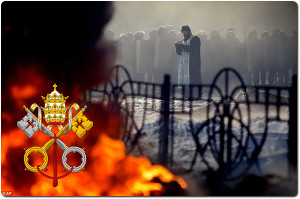














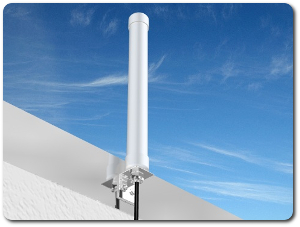
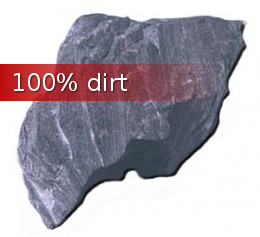



















Just how little energy is needed to split water into hydrogen and oxygen? Read PRESS Core article “Oceans of Fuel” http://presscore.ca/2011/?p=3732
Hydrogen from water can be used to fuel electrical power generators, every combustion engine vehicle on the planet, gas stoves, gas fireplaces, emergency power generators, boat engines, barbecues and gas home heating furnaces.